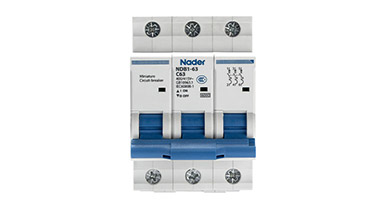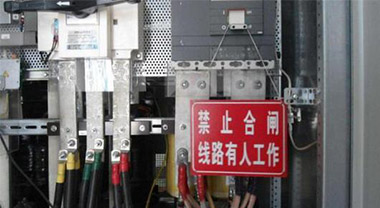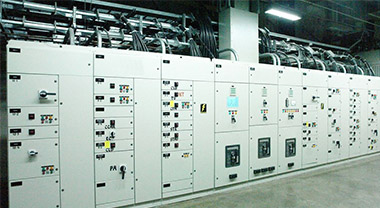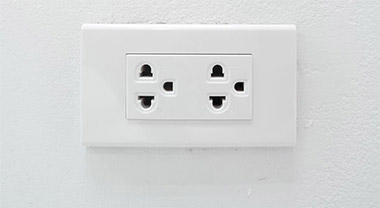5 types of circuit breaker releases
(1) Electromagnetic release
When the current flowing is within the setting value, the suction force generated by the coil of the electromagnetic trip unit is not enough to attract the armature. When a short-circuit fault occurs, the short-circuit current exceeds the set value, and the attractive force of the strong magnetic field overcomes the tension of the spring to pull the armature, open the hook, and disconnect the circuit breaker. The electromagnetic release acts as a fuse.
(2) Loss of voltage release
The working process of the voltage-loss release is exactly the opposite of that of the electromagnetic release. When the power supply voltage is at the rated value, the magnetic force generated by the loss-of-voltage release coil is sufficient to pull the armature on and keep the circuit breaker closed. When the power supply voltage drops below the set value or drops to zero, the armature is released under the action of the spring, and the hook is opened to cut off the power supply.
(3) Thermal release
The function and basic principle of the thermal release are the same as the thermal relay introduced later. It cuts off the circuit by heating and plays a protective role.
(4) Shunt release
Shunt release is used for remote operation. During normal operation, the coil is de-energized. When remote operation is required, the coil is energized, and the electromagnet drives the mechanical mechanism to trip the circuit breaker.
(5) Compound Talking Button
has the functions of both electromagnetic trip and thermal trip, called compound trip.




